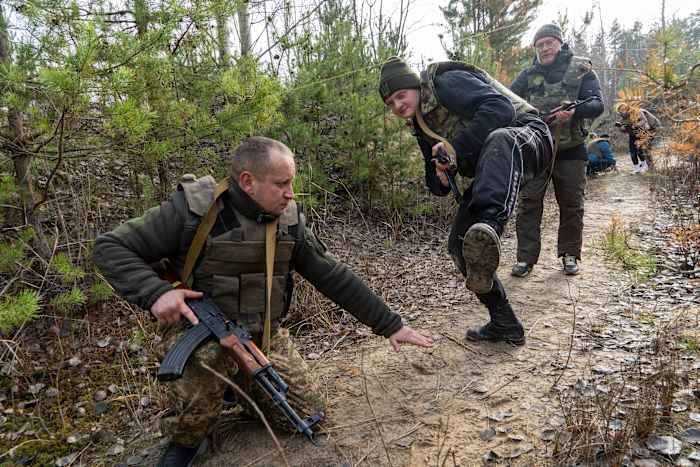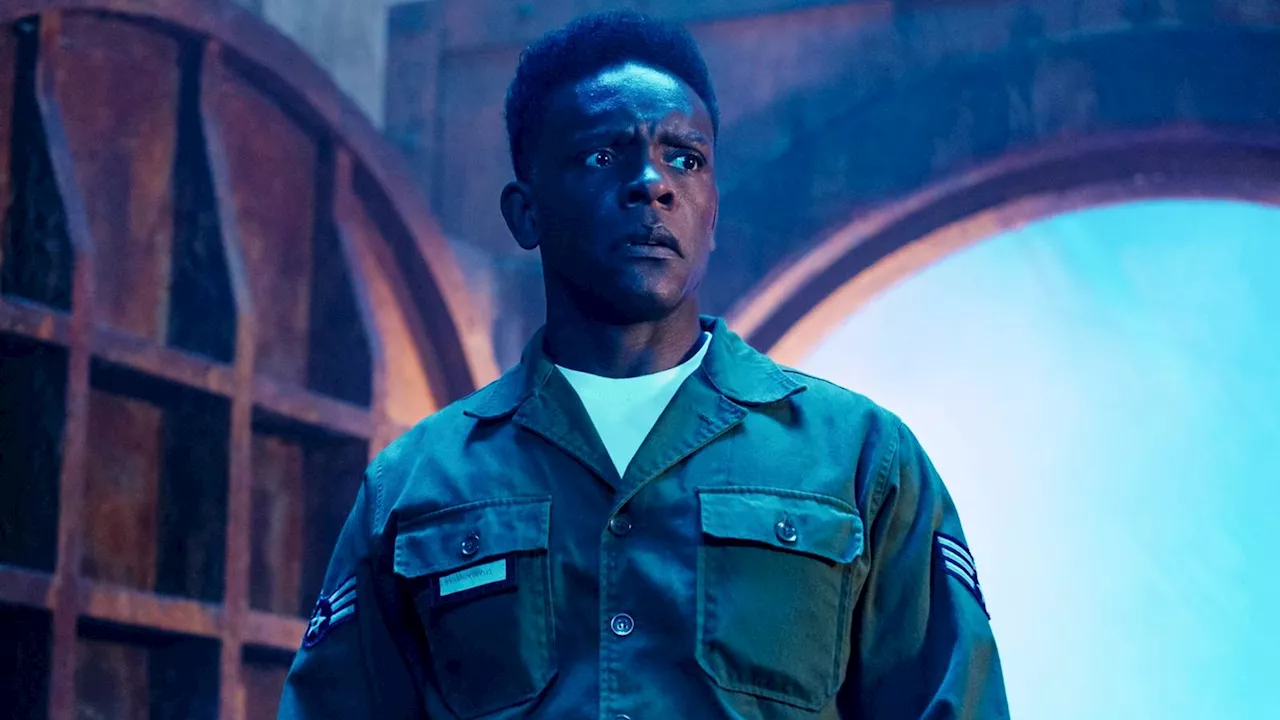URGENT UPDATE: New photos reveal the dramatic transformation of Camp David, the U.S. presidential retreat, as it evolves from a simple getaway into a pivotal site for international diplomacy. Established by Franklin D. Roosevelt in 1942, this iconic location in Maryland’s Catoctin Mountains has seen significant enhancements over the decades, shaping it into a vital venue for both relaxation and critical negotiations.
Just announced: Recent images showcase how each president has left their mark on the 180-acre retreat. From the addition of a swimming pool under Richard Nixon to the non-denominational chapel inaugurated by George H.W. Bush, Camp David is a blend of history and modernity. Notably, during his presidency, Joe Biden updated the interior décor, moving away from traditional wicker to sleek, contemporary designs.
The history of Camp David is rich with significant moments. Roosevelt initially created the retreat, then called “Shangri-La,” as a response to the need for safe presidential vacations during World War II. In 1953, Dwight Eisenhower renamed it in honor of his grandson, David, who is now an esteemed lecturer at the University of Pennsylvania.
Over the years, presidents have utilized Camp David for more than just leisure. Jimmy Carter famously hosted the 1978 Camp David Accords, a groundbreaking peace treaty between Egypt and Israel. This historical legacy continues as the retreat has hosted numerous world leaders, including during the 2012 G8 Summit under Barack Obama.
Adding to its charm, Camp David features a heated swimming pool, golf carts dubbed “Golf Cart One,” and even a bowling alley. Donald Trump described the retreat as “very rustic” and preferred his luxurious residences, yet he still utilized the space for crucial meetings, including discussions on Middle East strategies.
What happens next? As the world watches, Camp David remains a symbol of U.S. diplomacy and presidential retreat. With its rich history and ongoing relevance, the retreat continues to be a focal point for leaders addressing global challenges. The evolution of Camp David reflects not just the personal touches of each president but also the changing dynamics of international relations in an ever-complex world.
Stay tuned for more updates on this iconic location as it adapts to the needs of the nation and its leaders.







